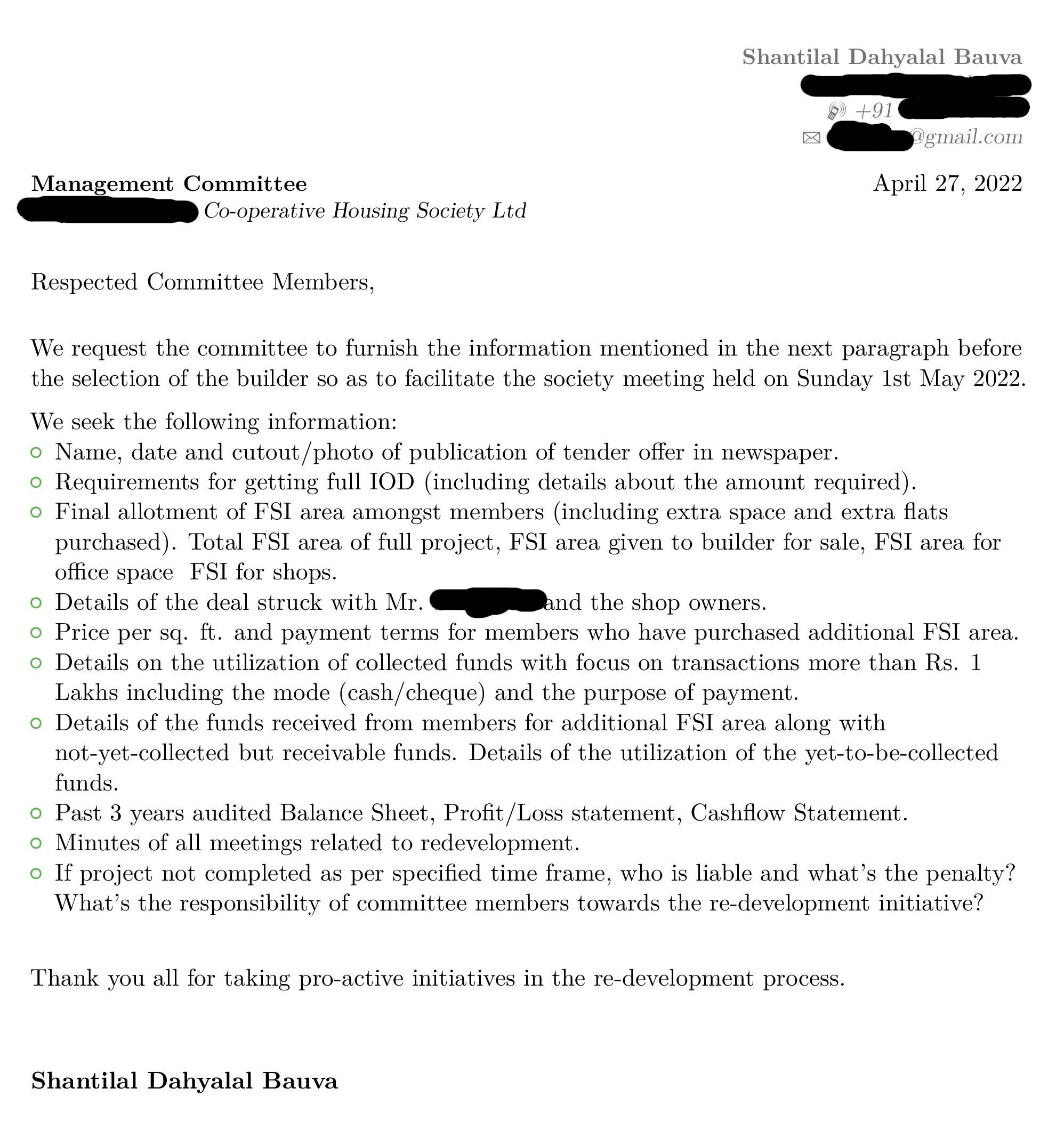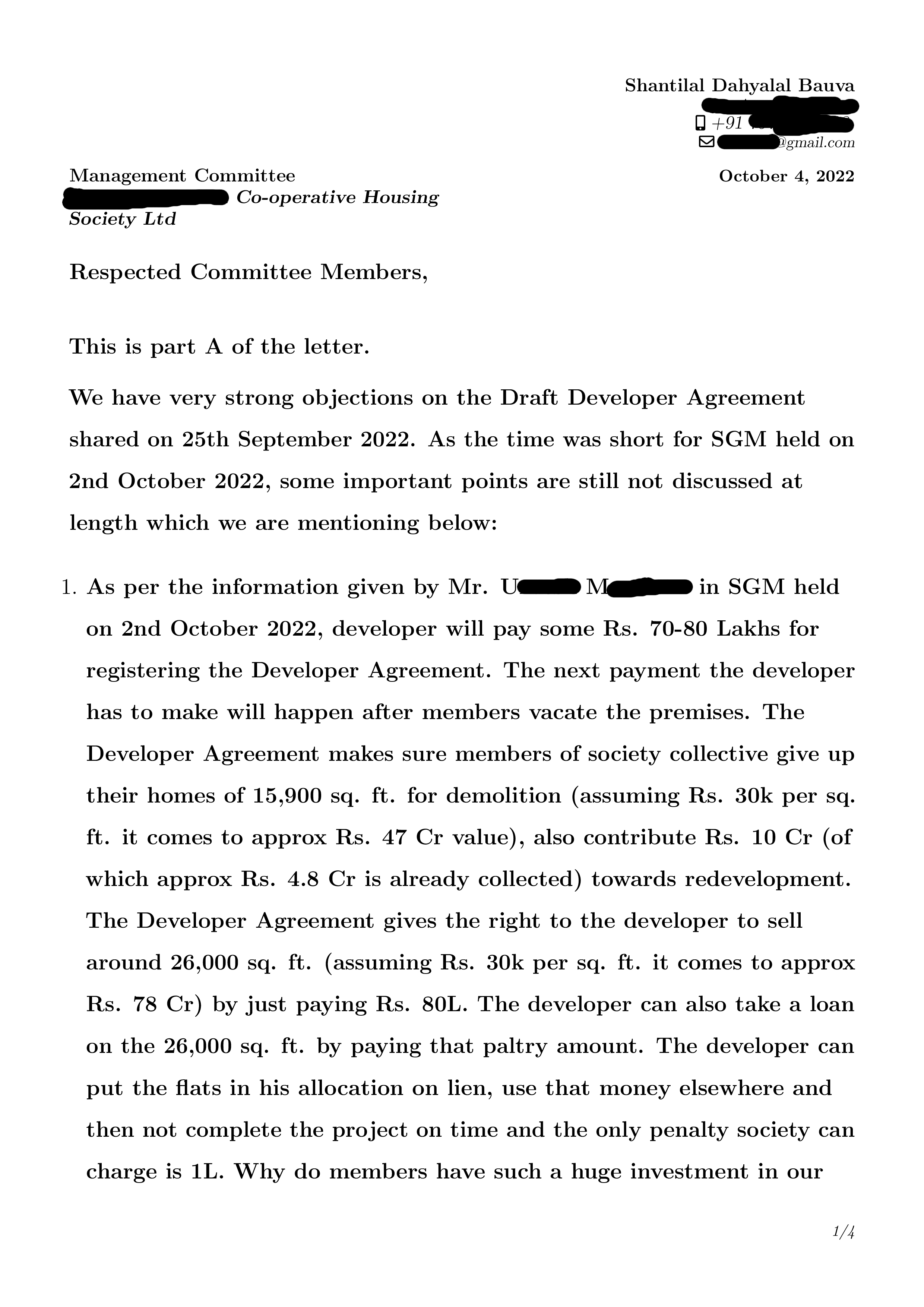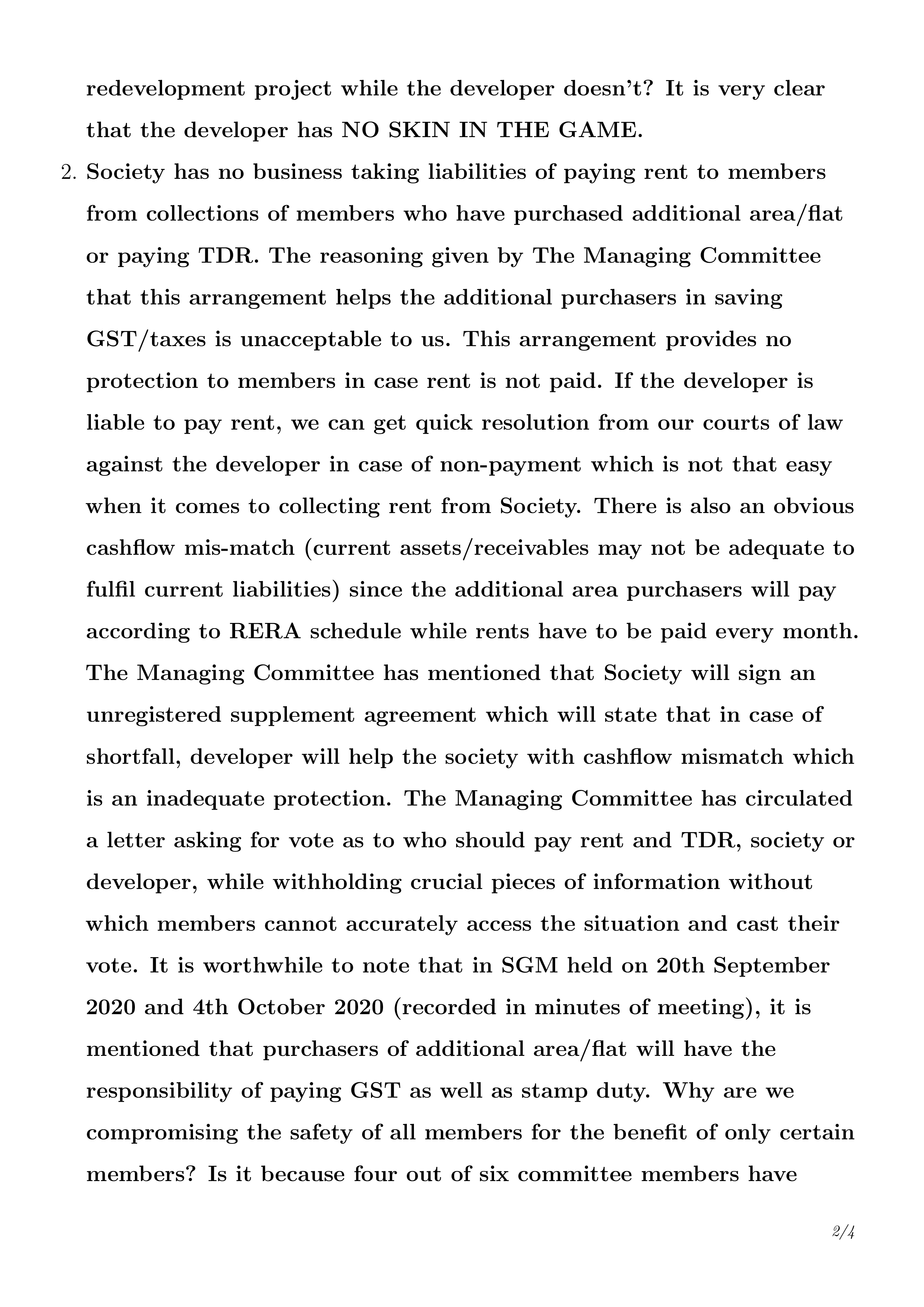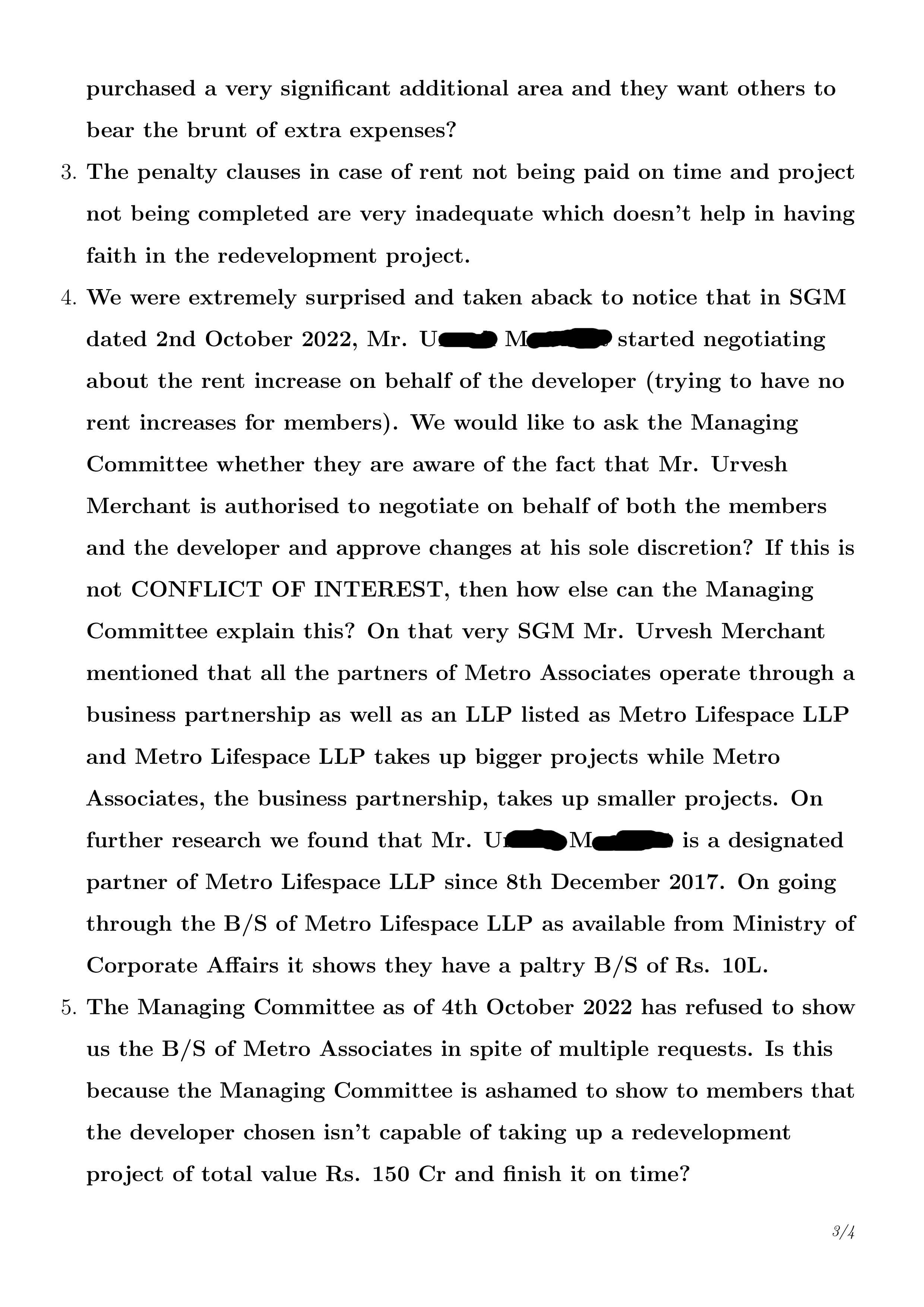Product & Engineering
Setu: Reverse Penny Drop
I was searching about different payment SDKs/APIs to integrate with banks and came across Setu's docs. Luckily Naresh Ramesh worked there and I spoke to him about what Setu is doing/planning to do and I was pretty excited about the prospects of Account Aggregator. I joined the Data Gateway and Account Aggregator team and I was amazed with the culture of experimentation. Setu was planning to launch a chatbot for BBPS payments on WhatsApp and some setup had been done, but I was tasked with taking it to production and fixing it up for marketing. I made it ready and I started talking with my friends about how they make electricity/gas/fastag payments and quickly found that the existing UPI apps provide a much more seamless experience. Not only did others provide a seamless experience, getting this into the hands of user i.e. distribution required expensive marketing and Setu had the DNA of B2B sales. I communicated about this to the CTO & CEO and we quickly shutdown the efforts on this so as to focus more on other aspects where we can build a long lasting competitive advantage.
I then started building Reverse Penny Drop (RPD). The premise of this product is that many regulated entities like banks/NBFCs, brokers, insurers need to verify bank account details like account number, IFSC and name before proceeding forward. Before this product there were only two ways to verify bank accounts:
- Ask user to input account number and IFSC, transfer Rs. 1 to the account, and fetch the confirmation details from bank
- Ask the user to upload a cancelled cheque and involve Operations/Support team to verify the details
Both the approaches are tedious especially if the passbook or cheque book aren't handy and eventually lead to user drop-offs during the onboarding journey.
With RPD, the end-user clicks on a generated link and if the user is on mobile, it shows a choice of opening their favourite UPI app and if on web, it shows a QR code. Once the user pays Rs. 1 using this link with UPI, we obtain all the required details, forward it so that the onboarding journey can proceed and then refund the Rs. 1 back to the end-user.
We found our first pilot customer (Kissht) and I was thrilled. It took some painful iterations to connect our systems with our banking partner and it felt totally worth it when it worked for the first time. To test our competitive edge, we asked our next customers to pay before use and it was well adopted. This instilled a lot of confidence in me and Setu also wanted to focus more on this product after our initial success which paid off immensely.
RPD is an industry-first product, and just when we launched it, we wanted to make sure we are doing right by the customers and verifying information that this new product provided. The simplest way to do that would be to do a penny drop (deposit Rs. 1 to end-user) to all accounts, but it would also be costly and would end up eating into our margins. I did some exploration and figured out a lot of bank accounts have a pattern, and if we verified a few of them belonging to one pattern, we can skip penny drop to that entire pattern. Due to the skewed distribution of bank accounts (top 10 banks have 90% of customers), we were quite lucky and had to do a penny drop on a much smaller set because of this.
The above exercise helped us in figuring out that some of the end-users were using Prepaid Instructions like FamPay UPI which don't have the KYC of a bank account but our product was treating them as a valid bank account. We took up the task to informing our customers about this through the webhook which forwarded them account details and specifically asked the brokers, lenders and insurers to treat this as invalid accounts because of KYC since we didn't want our customers on the wrong side of compliance. Our customers relied on us, and we considered it our responsibility to build this trust. We also identified various corner cases like Canara bank accounts and wrote about all of our findings publicly on the documentation.
The trick to a successful product with happy customers is always customer support. On running the pilot with our first customer, I had extensive conversations with customers about their flows and the most optimum way of designing them. We got to know what they did in preparation before calling our APIs and what they did after which was crucial in understanding how to expand our product so as to capture more value and thus make integrations more friendlier.
For the Data Gateway team, conducting such research was crucial considering that we have product offerings for various aspects of KYC and we managed to successfully cross-sell other service once we provided them an excellent onboarding/customer support experience with one product. Internally everyone recognized RPD as the "Hero product" which become a gateway for future cross-sell relationships. It's better to start a new relationship with a customer with something you know for sure will make an amazing first impression, especially if it is also the highest margin product.
Scaling systems and humans
After a few months of launching this, a significant portion of my time was being consumed by going to integrations call with our customers and manually onboarding them. Integrations call comes after we have given them a sales demo, they showcase it internally, and their engineers have some questions which they feel aren't answered in docs. These calls were important since this is Setu's most important chance to close a sale if we have provided a sufficient convincing evidence of how the product can help them and our quality of customer support. I am proud of the fact that once a customer had an integration call with me, there was no way I was going to let Setu lose that customer. Yes, 100% conversions, you read that right. I wrote internal docs extensively so that everyone in the company was on the same page and more importantly people didn't need to keep pinging me for trivial issues which could easily be solved by reading the docs and following the steps. This also meant I had to make sure integrations engineers and customer success was well aware about the nuances of the product, even though I made sure I attended all integrations call, I still wanted other things to be taken cared of without involving me. I made some integration engineers pitch RPD to me and I kept asking them questions so that I could prepare them to take the demo calls so that I could exclusively focus more on closing customers in integrations call.
Once we reached product-market fit and figured out how to sell this, I was then fully involved in making sure our systems can scale and handle all the new traffic. While understanding the request flow and the paths involved, I had some suspicions about load balancing not being done properly at nginx level, so I SSH'ed into the containers and ran a load test. My suspicions were right and load balancing was incorrectly setup up. I drew up an RFC (Review For Comments) with some of the proposed solution including some short-term fixes and some long-term ones and after a healthy debate we were able to make progress on this. Now all we needed was to click a few buttons on AWS and viola, the machines could keep up with all the new traffic whenever required. We successfully engineered a money-printing machine ;-)
I made RPD the highest-margin product of Setu with a monthly recurring revenue of Rs. 30L within 9 months. It faced downtime once with our pilot customer, after which it had zero-downtime till I left. RPD was the thing for me which made all the work that I have done till now look like a foot note.
Redevelopment: Taking a stand
Middle class dream
Most of the societies in Mumbai were constructed in 60s-80s when the cooperative housing societies laws had just come to force. This enabled middle-class people to pool capital together to buy land, construct building and allocate flats among themselves. Most of the buildings had a low number of floors. By 2010s, a lot of those buildings had started to get old and needed more repair. Luckily the airspace on top of the land wasn't as utilized which is why real estate developers/ builders could approach society to demolish the building in order to create much bigger buildings and in return get some portion of flats to sell. This resulted in a win-win situation as the original owners could get 20-80% extra area in flat, along with rents during construction and some corpus amount. I remember, some of my friends in school would tell me that after redevelopment, there will be swimming pool, bigger houses and all of this for free. There's just something about this "free stuff" which triggers a lot of middle-class people's dreams. Needless to say, my parents too were affected by this.
Risks
Very few people truly understand the risks associated and have the operational know-how to mitigate those risks. It's also in no one's interest to explain the risks associated which is why they often get ignored. The redevelopment deal is essentially that house owners would willingly get their house demolished and in return get something extra in the form of area in new construction, corpus, rent, etc. Some questions to ponder on:
- What happens when building is demolished but builder doesn't have the required funds to complete the project?
- What if the building constructed doesn't meet local government's rules and doesn't get permissions for habitation?
- What happens if the builder extends his deliverables timeline so as to fetch better prices for his allocation of flats?
- What happens if the builder sells his allocation of flats but cannot complete the project?
- What happens if the builder refuses to pay the rents?
A significant portion of these risks can be mitigated by careful due diligence of the builder/developer taking on the project, carefully drafting the contracts, holding them accountable to RERA laws, and having adequate safety and security clauses to mitigate against the risks.
The situation
The governance of cooperative housing societies is in the hands of elected representatives called The Managing Committee. Usually, how the redevelopment proceeds is that the society gets conveyance deed on the land so as to establish the society as the owner of the land in order to allow society to formally enter into contracts for redevelopment. Once the society passes the resolution to go ahead with redevelopment, they typically appoint a Project Management Consultant (PMC) who oversees tender process, does due diligence before accepting bids, drafts Developer Agreement and other legal documents, and keeps a check on the construction progress as well as the quality. The Managing Committee had a person henceforth referenced as Mr. UM who is himself a partner at a construction company and he brewed an innovative plan. Self-redevelopment is also an option in case the society chooses to not involve builder. Mr. UM understood the middle class dream extremely well and started selling it aggressively for self- redevelopment. The society would need funds to execute a plan like this so it became essential to raise funds and thus they allowed existing members to buy area in the non-existent future area for a steep discount and many committee members pooled capital. With this, the society put up their construction plans, paid fees to government for partial Intimation of Disapproval (IOD). The Managing Committee made a conscious decision to not appoint PMC because it will start interfering with Mr. UM's plans. After half-work was done, the society found itself in a position where it was unable to raise further capital. Mr. UM then convinced members that it was in their best interest to appoint a builder/developer now. Not so surprisingly after a rigged tender process, Mr. UM's construction company came out as the top bidder and the Managing Committee started pushing this decision on members. We understood what was happening and we brewed our own plan to go against the establishment. This started with an innocent looking one page letter.

The Managing Committee tried very hard to not answer the question by giving an illusion of answering the questions. Nevertheless, we persisted and openly called out their ill-intentions so as to corner them into giving us the information which they were legally obligated to give. After the Development Agreement was made and given to us, we found it crazy that such an agreement which was against the interest of members and fully in favour of the builder was being pushed. Worst part was that the committee members themselves had flats in society and were putting themselves and society in immense risk for their personal benefit. It's not that they made a boatload of money doing this, sure they made a little, but taking the risk of their primary home which made up a significant portion of their net worth for making extra pennies in their retirement was a dumb decision they were taking which didn't even safeguard the interest of their own families.
The below letter summarises the deal offered to the society:




Courage to go against the establishment
The same committee members have been "ruling" over the society since many decades and were unchallenged until they met me and my brother Krushan Bauva. They had done good work in the past which is why they had won the trust of the members and every member just agreed with the committee's decision. Me and my brother were the necessary Agents of Chaos required to steer the society away from hitting the iceberg.
This involved standing up for oneself and refusing to allow others to control our destiny. We openly talked about what was really happening in the name of the redevelopment and we did receive a lot of hate in return. But we persisted because we knew we were right. The Managing Committee had in between managed to convince members to accept the shitty deal and created a perception that we were nuisance who were blocking redevelopment, which was far from truth. We faced resistance from members who supported The Managing Committee and used all the tricks in their book to pull us down and ruin our reputation. None of this could deter us, we knew what we had to do and we executed it.
Ability to read and interpret trade documents
Courage without knowledge and intellect is foolishness. I did some reading of what are the steps in redevelopment, RERA Act, Maharashtra Cooperative Societies Act and a few more pdfs which helped me explain how the law works. Youtube videos of CA Ramesh Prabhu were quite helpful too. I am pleased that the goal I had set for myself earlier regarding that I should be able to read, understand and interpret any kind of trade documents is paying off big time. This was also an interesting exercise as I found out more about what kind of due diligence can be done on real estate developers with the help of publicly available information.
Corner by opening up your options and restricting others options
A pen is mightier than the sword.
I could only grasp the full extent of this sentence only after I had involved myself in redevelopment. Our strategy was simple, we asked questions by writing letters which exposed the blunders and illegality of the decisions of the committee. Till our involvement, all communication was oral and committee members frequently broke their word, and their reputation meant nothing for them. Our first move was to bring this on paper. This move allowed us to always be on the offense while forced the committee members to play defense. We then controlled the direction while the committee members tried hard to play catch up and were often behind us by a margin. Slowly, we accumulated a lot of proofs with which we could prove the illegality of the committee and the redevelopment. But this wasn't enough as cooperative housing societies follow the majority's decisions and the committee still had a strong hold of the majority. While we could always approach the courts of law, a much more surer option was to target the majority. Every elected body draws it's power from majority vote. As one starts to build a minority of dissatisfied people, one slowly chips away some power one by one, until very little is left, for it to finally collapse.
Exposing the cracks in a majority in order to break it
My brother's friend is the son of CA Ramesh Prabhu who is an eminent figure in Mumbai's redevelopment and also runs his own PMC. On meeting him, he made us understand the importance of executing our plan not by pointing out the illegalities but by winning over the majority. He also suggested various things we can do to start attacking their majority in order to break it. Turns out, nothing is more important than building the confidence of other members since the committee drew their strength from these members. This had a direct effect on decreasing their strength and increasing ours which finally handicapped them and we were successful in kicking out Mr. UM's construction company.
The redevelopment story hasn't still concluded. I am sure, this will continue to drag me. I am tired of this but will still have to be involved since my dad's flat is at risk.
Finance/Business
This was a busy year, and I was mostly focused on adding to my winning positions (bought more of IDFC First Bank). I also opened a US brokerage account and bought some Apple and Google shares. I think they are terrific businesses and the recent tech downturn gave me a nice entry point with some margin of safety.
Doing a Startup
I left my job to do a startup for the simple reason that I want to make year 2023 count for myself. I have been lucky enough to have gotten the opportunities as well as skilled enough to make the most out of each opportunity thus made each year count till now, and I have to keep doing that in future. I started searching for good startup ideas aggressively since start of H2 FY 22-23 knowing that my competitive advantage was in writing software for servers and my preferred business model would be Software as a Service. Luckily I found an interesting problem to be solved where software companies are spending lots of time and money to build it themselves. Processing of incoming webhooks and their timely delivery is crucial in this age of event driven architectures. Typical examples would be that Stripe/Razorpay would send e-commerce companies a webhook to notify when someone has made a payment so that order can be processed, Github sends a webhook to CI/CD whenever a commit is pushed/pull request is opened, etc to trigger workflows. The alternative to webhooks would involve continuously asking the other server about the status of information and this can be very inefficient and error-prone. This is a problem I faced when at Setu working on Reverse Penny Drop wherein we were responsible for sending payment information to our customers as soon as we received a payment confirmation from our banking partner. I was personally responsible to make sure our customers don't keep pooling our servers buy going in calls and strongly dissuading them and instead helping build the trust in webhooks.